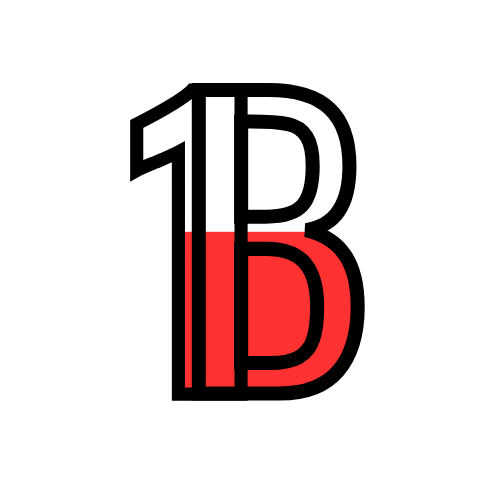Your cart is currently empty!
If you have no prior knowledge of Polish and are aiming to pass the B1 exam, finding the right starting point can be overwhelming. I hope this blog serves as a helpful guide to get you on the right track. The approach I took may not work for everyone, but it proved effective for me, and I hope it can inspire and assist you as well.
Step 1: Duolingo – Build a Daily Habit
Why Start with Duolingo?
One of the biggest challenges in self-study is procrastination. Without a structured plan, it’s easy to lose motivation. That’s where Duolingo comes in. It provides a gamified experience that encourages you to practice daily, keeping you accountable through streaks and reminders.
Disclaimer: This blog is in no way sponsored or affiliated with Duolingo; this is purely based on my personal experience.
How to Use Duolingo Effectively?
- Download and Start Immediately: Install the app and get started right away. No excuses!
- Set a Daily Goal: Aim for at least an hour of practice per day. If an hour seems too much, commit to at least 15-30 minutes consistently.
- Use the Free Version: The paid version (Duolingo Super) removes the five-heart limit, but I actually recommend sticking with the free version. The heart system forces you to be more cautious before answering questions, helping reinforce learning.
- Replace Unproductive Habits: Instead of scrolling endlessly on Instagram or TikTok, spend that time completing Polish lessons on Duolingo. Making this a daily habit will significantly boost your progress.
- Keep the Streak Alive: The streak feature is a powerful motivator. Even if you can only squeeze in 5-10 minutes on some days, maintaining consistency will help you stay engaged with the language.
Starting from Zero? Begin with the Basics
If you’re an absolute beginner, don’t stress. Start with:
- Polish Alphabets: Fortunately, Polish uses Latin alphabets with a few extra characters (ą, ć, ę, ł, ń, ó, ś, ź, ż). You’ll get used to them quickly.
- Basic Phrases and Greetings: Learn common expressions like Cześć (Hi), Dzień dobry (Good day), Dziękuję (Thank you), and Tak/Nie (Yes/No).
- Simple Vocabulary: Focus on everyday words, such as numbers, colors, and common objects.
What’s Next?
Duolingo is a great starting point, but it alone won’t get you to B1 level. In the next part of this guide, I will discuss additional methods to strengthen your Polish skills, including grammar practice, vocabulary building, and real-world immersion techniques.
Stay tuned and keep learning!

Leave a Reply
You must be logged in to post a comment.